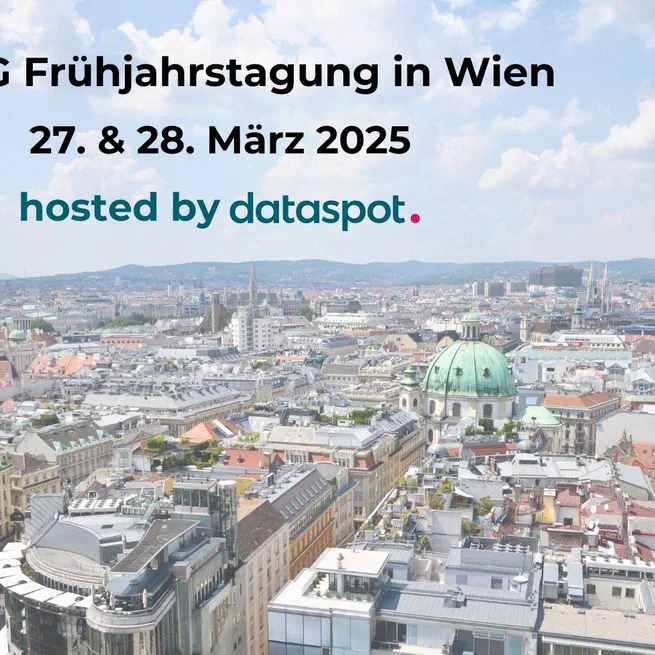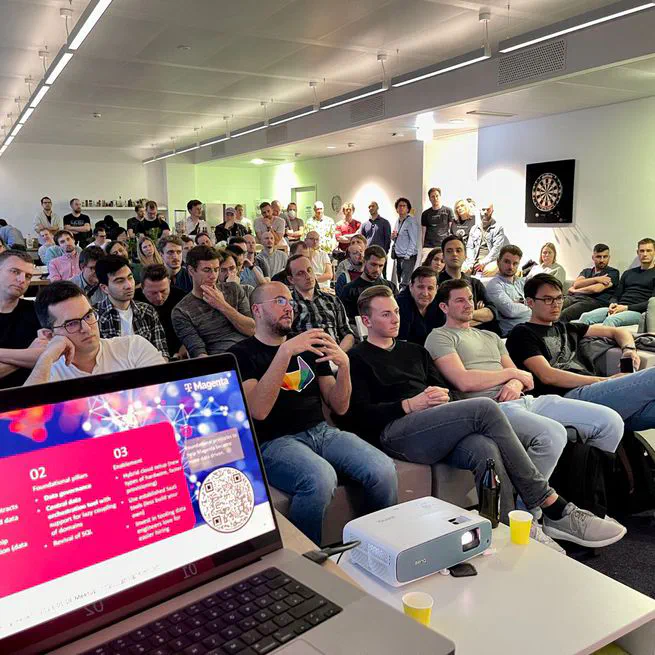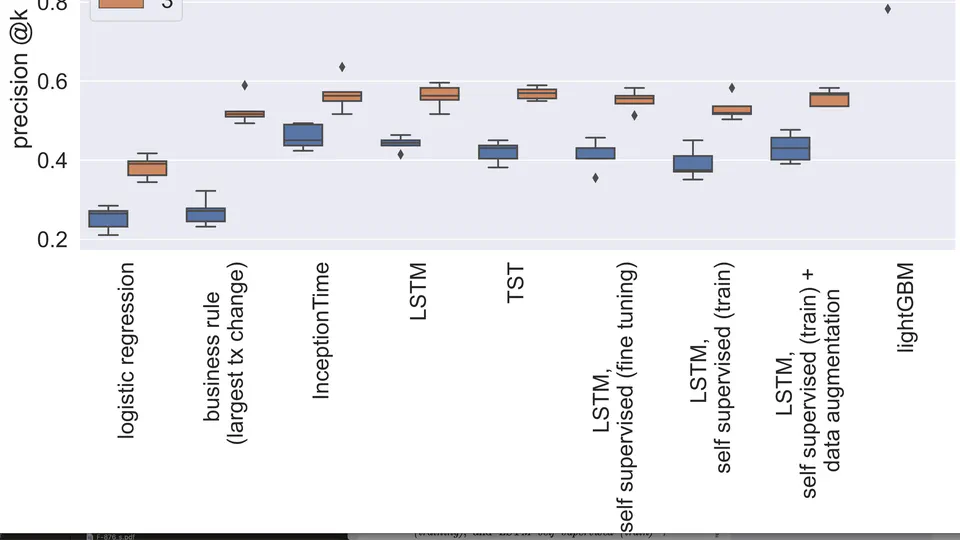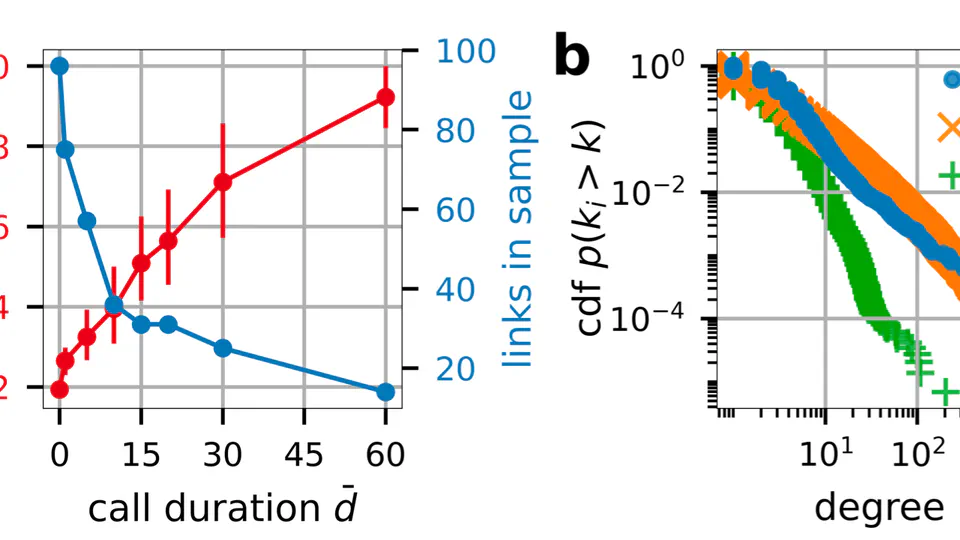senior data expert
About Me
Georg is a Senior data expert @Magenta and a ML-ops engineer @ASCII. He is solving challenges with data. His interests include geospatial graphs and time series. Georg transitions the data platform of Magenta to the cloud and is handling large scale multi-modal ML-ops challenges at ASCII.
- Geo-spatial analytics
- Time series
- Network analytics
- Large and fast data
- Responsible AI
- Knowledge graphs
Dr. techn. Informatics, 2023
TU Wien
MSc in Business Informatics, 2018
TU Wien
BSc in Business Informatics, 2015
TU Wien
I am tackling challenging and impactful data challenges in industry and research. I blog about the local data stack and data related topics and organize local data meetups.
Sometimes, it looks crazy - but it is just complex!
Please reach out to for research collaborations 😃
Specialties: Data Architecture, Leadership, Software Engineering, Strategic Planning, Content Creation

Enterprise grade artifact management for pixi
Jun 23, 2025

A comprehensive guide to modern data engineering with local-first development practices
Apr 5, 2025

Sharing my experience migrating from conda-build to rattler-build for python noarch packages.
Apr 1, 2025

data vault knowledge sharing event
Mar 27, 2025

A comprehensive guide to modern data engineering with local-first development practices
Mar 14, 2025






